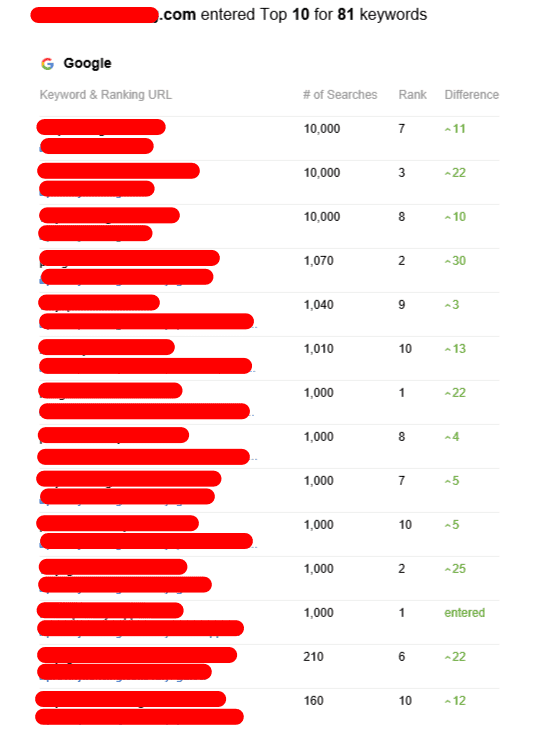Tiered Link Building - How to Avoid a Google Penalty
Tiered link building is an effective tool to aid websites in improving their ranking on search engines. However it is important to use it properly. It could result in an Google penalty if not utilized correctly.
Tiered link-building involves the use of multiple levels of backlinks in order to increase the rank of a site. This strategy is utilized by a number of SEO experts and link building agencies.
First-tier links
Tiered link building is an effective SEO strategy that will help improve your search engine rankings. But, it's crucial to know how to use tiered links effectively to avoid penalties from Google. Utilizing tiers in your backlink pyramid is a method of doing this. You can also apply other SEO strategies, like breaking links and niche editing building.
In a tiered method, the first tier should comprise of links from high-quality sites that have higher PageRank as well as domain authority than yours. This will give you a higher chance of ranking in the long-term. Linking to low-quality sites could hurt your rankings and may cause red flags for Google. Avoid linking to sites that are not related or only contain hyperlinks.
Another method to create your first tier is by using forum comments and wikis with lots of user-generated content. This can be an excellent way to acquire high-quality links that are relevant and relevant. It is important to be aware that these links might not have as much link juice.
You can also use resources such as HARO to get an idea of what reporters are seeking information on. This is a great way to build your first tier links organically without breaking any rules. Just make sure you only link to authoritative sites that are related to your field.
Second-tier links
Site owners and SEO agencies utilize tier link development to boost their rankings on search engines. However, it's an extremely risky approach that could result in Google penalties. Tiered links are backlinks that point to third-party websites that confer your website authority. These backlinks serve to transfer link equity to your main web pages, which can then get higher rankings in SERPs. This process is time-consuming and expensive. It could also be difficult to get to the tipping point in search results on engines.

Tier two links are usually less effective than those in the first tier, but they can help build authority for the domain and increase organic rank. In addition, they could make Tier 1 backlinks more effective by reinforcing their value. Tier 2 backlinks are either dofollow or dofollow, but dofollow has the top importance.
There are a variety of ways to generate Tier 2 backlinks, including guest posts and citations to niche-specific articles. Additionally you can also utilize link roundups and article directories to build these links. It is important that you use referring URLs that are relevant to the context. Also, avoid using low-quality backlinks which can be interpreted as spam by Google. This is because such tactics could quickly turn into an illegal strategy which can be penalized by Google.
Third-tier links
Tiered link building is an effective tool that helps SEOs rank their websites on results pages of search engines (SERPs). But it can also be risky if not done correctly. If Google finds that you're using tiered links it could penalize your site or remove it from the search engine completely. There are ways to avoid this fate.
The third tier is where things start to get messy. Marketers use third-party tools in order to build backlinks on a massive scale. These include blog posts directories that are not of high quality websites, bookmark sites, wikis, and other user-generated content. These backlinks aim to boost the PageRank and authority of your first-tier link.
These links can be traced back to the original source, which makes them a little more risky than natural counterparts. They also don't boost PageRank as well. Google's algorithm is becoming sophisticated and low-quality links are losing their value (even even if they're not follow).
Marketers should be careful when establishing third-tier links in order to avoid these issues. They should only utilize third-party services with a solid track record. Also, they should avoid using any tools that automate their work as they can create issues. If Google detects any automation, it may issue a manual penalty which could drastically lower your rankings. This is why it's important to work with an SEO agency that has previous experience in tiered link building.
Fourth-tier links
Tiered link building involves creating an pyramid. This method helps transfer link juice from websites with higher authority to sites with lower authority, which can then rank for specific keywords. This technique is effective in increasing traffic to websites and ranking over time. However it is essential to keep in mind that it could be dangerous to use tiered links for your entire website or just one web page.
The most important thing to avoid this is to ensure that your tier-2 backlinks are from different sources. Google might penalize your website when your tier-2 hyperlinks are all from the same source. Avoid linking to sites that are spammy, as they will damage the reputation of your site.
In addition to guest blogging Tier 2 links can be obtained through paid advertising or sending quality content to high-authority websites. Another option is to submit your article to HARO (Help a Reporter Out). tier link building sends emails to journalists regarding a variety of subjects, and you can provide the information they need to write their articles.
However, this method of building links is not a strategy for the long term. Google's algorithm is continuously updated and makes it increasingly difficult to create links from low-quality sources. Search engines are also better in detecting links that are automated. It is therefore likely that tiered linking will eventually go away.
